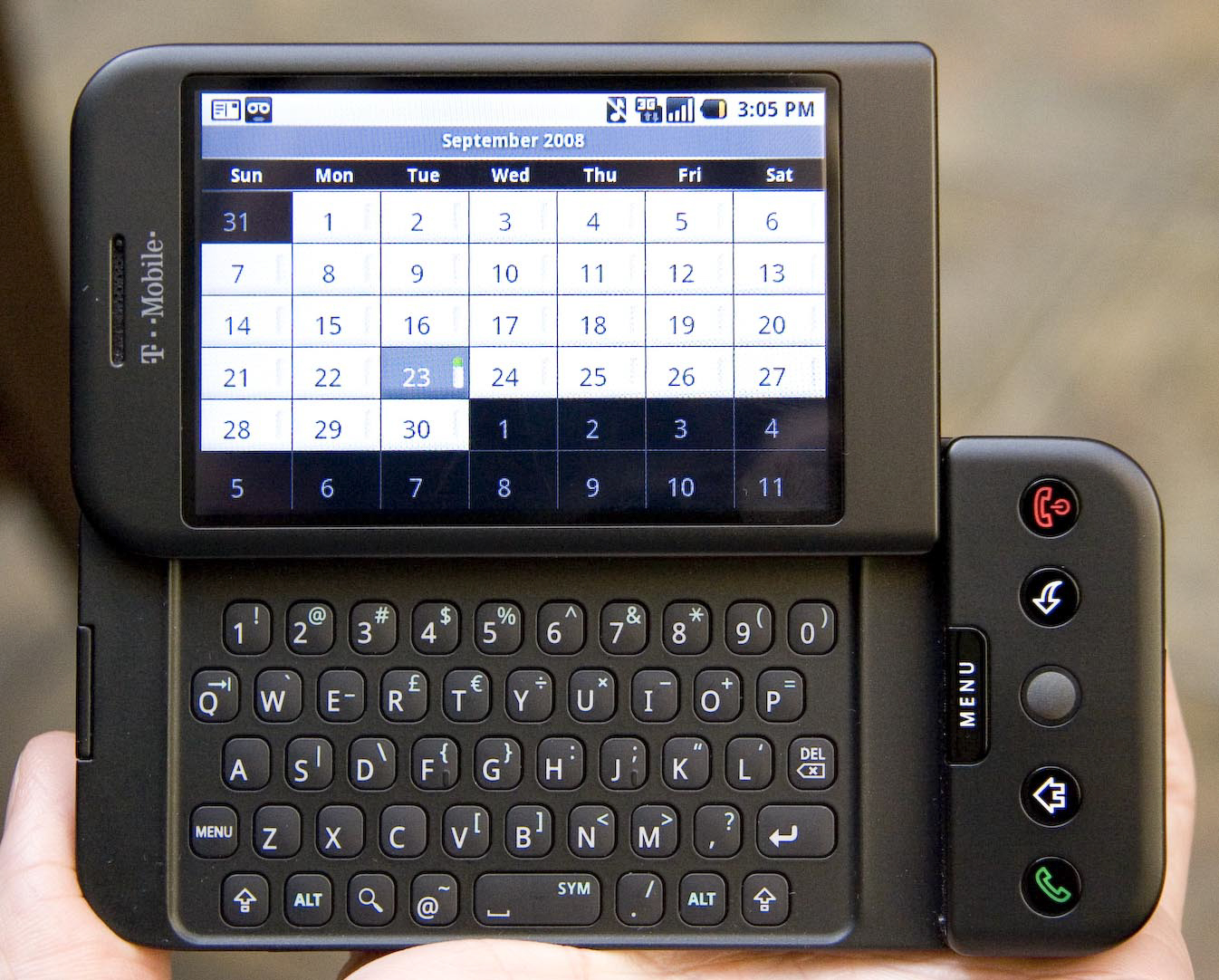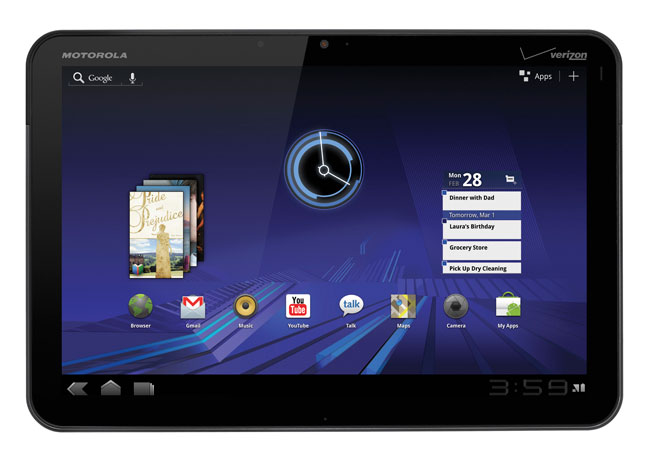Excitement is brewing as Google I/O 2025 approaches next week, where developers are set to unveil Android 16, expected before summer. The latest Android update promises a range of fresh features while also reviving beloved elements from the past.
Before we dive into what’s next, let’s take a journey through the rich history of Android, from its inception as a T-Mobile exclusive to the sophisticated software that powers devices like the Google Pixel 9 and Samsung Galaxy S25 today. The evolution of Android has been remarkable since its launch in 2008, and it’s worth exploring. Here’s a comprehensive timeline of Android’s fascinating journey.
Android 1.0

Android made its debut on September 23, 2008, with the T-Mobile G1, also known as the HTC Dream. T-Mobile subscribers were the pioneers, experiencing Android 1.0 equipped with Google apps like Gmail, Maps, Calendar, and YouTube. Users could organize apps in folders on their home screen, instantly message through Google Talk, and sync their data effortlessly.
Cupcake (Android 1.5)
Android 1.5 Cupcake hit the scene in early 2009, marking the playful adoption of dessert-themed names. This update introduced third-party app widgets for the home screen, Bluetooth stereo support, and enabled video uploads to YouTube. It also phased out physical keyboards in favor of on-screen keyboards in phones like the T-Mobile myTouch 3G.
Donut (Android 1.6)
Launched on September 15, 2009, Android 1.6 Donut solidified the dessert-naming tradition. This version introduced the universal search box, allowed developers to include their apps in search results from what was then Android Market, and improved support for multiple screen sizes, enhancing expansion through CMDA compatibility with carriers, starting with Verizon.
Eclair (Android 2.0)

Released shortly after, Android 2.0 Eclair saw the Motorola Droid become the first phone to use this version, which was marketed heavily by Verizon. Eclair added essential features such as voice-guided navigation, real-time traffic updates, and live wallpapers, bringing a competitive edge against the iPhone.
Froyo (Android 2.2)
The May 2010 introduction of Android 2.2, known as Froyo, brought significant performance enhancements, including USB tethering, hotspot functionality, and improved web browser support with Adobe Flash, while also introducing Bluetooth connectivity for car systems.
Gingerbread (Android 2.3)
Android 2.3 Gingerbread rolled out in December 2010 for the Nexus S, introducing a stylish black and green UI, and bringing NFC support for contactless payments, transforming the way users interacted with their devices.
Honeycomb (Android 3.0)

In February 2011, Android 3.0 Honeycomb aimed specifically at tablets, bringing a unique holographic UI and multitasking features such as a Recent Apps view for users. This version marked a significant step towards tablet optimization with a different interface, distinct from smartphone versions.
Ice Cream Sandwich (Android 4.0)
Unveiled on December 16, 2011, Android 4.0 Ice Cream Sandwich introduced a modern, minimalist design. Key features included swipeable notifications, enhanced photo sharing capabilities, and social media integrations that collectively enhanced user experience.
Jelly Bean (Android 4.1)
Spanning from Android 4.1 to 4.3, Jelly Bean, released from July 2012 to July 2013, brought smoother performance, actionable notifications, and lock screen widgets, significantly improving the overall functionality of Android devices.
KitKat (Android 4.4)
Launching on October 31, 2013, Android 4.4 KitKat softened Android’s visual design. Users enjoyed a cleaner interface, voice search enhancements with “Okay, Google,” and a dedicated panel for Google Now, making access to information seamless.
Lollipop (Android 5.0)

November 4, 2014, marked the arrival of Android 5.0 Lollipop, which featured Material Design and improved notifications. The introduction of ART (Android Runtime) significantly boosted app performance while enhancing user interaction.
Marshmallow (Android 6.0)
Released in 2015, Android 6.0 Marshmallow introduced critical features like opt-in app permissions and Now On Tap, enhancing users’ control over their data while supporting hardware advancements like fingerprint recognition.
Nougat (Android 7.0)
Nougat’s arrival in 2016 brought split-screen multitasking and Google Assistant to the fore, transforming the functionality of Android devices and enhancing user productivity.
Oreo (Android 8.0)

In 2017, Android 8.0 Oreo introduced features like notification channels and picture-in-picture support. The modular architecture of Project Treble made it easier for hardware vendors to issue timely software updates.
Pie (Android 9)
Launched in 2018, Android 9 Pie introduced gesture-based navigation and a Digital Wellbeing dashboard, encouraging a more mindful approach to smartphone usage.
Android 10
Switching to numerical naming in 2019, Android 10 revamped the UI significantly while enhancing privacy features, including a system-wide dark theme, to improve accessibility.
Android 11
In 2020, Android 11 enhanced user privacy further by offering granular control over app permissions and integrated a built-in screen recorder for user convenience.
Android 12

2021 saw Android 12 refresh Material Design with a more customizable interface. The Privacy Dashboard gave users insights into data usage, reflecting a broader commitment to user security.
Android 13
In 2022, Android 13 added subtle upgrades, including improved clipboard management and enhanced app permission requests, refining user experience without overwhelming changes.
Android 14
Android 14, released in 2023, focused on accessibility features, allowing users to enlarge text comprehensively and enhance lock screen customization options for a more personalized experience.
Android 15

Launching in fall 2023, Android 15 introduced Private Space, enhancing security for sensitive applications while employing AI for upgraded theft protection and app pairing for tablets and foldable devices.
Android 16
Currently in beta, Android 16 is set to revolutionize Material Design with Material 3 Expressive, promising enhanced interactivity and the return of lock screen widgets, with Auracast support for seamless Bluetooth connections.
What’s next for Android?
As Android integrates AI like Google Gemini to elevate user productivity, the future looks bright. Enthusiasts anticipate that Android 16 will enhance these capabilities and continue the legacy of being a cutting-edge mobile OS.
Curious about how Android shapes up against other platforms? Interested in more insights on mobile technology? Explore further topics on Moyens I/O to keep ahead of the latest trends!
